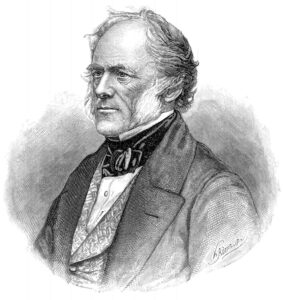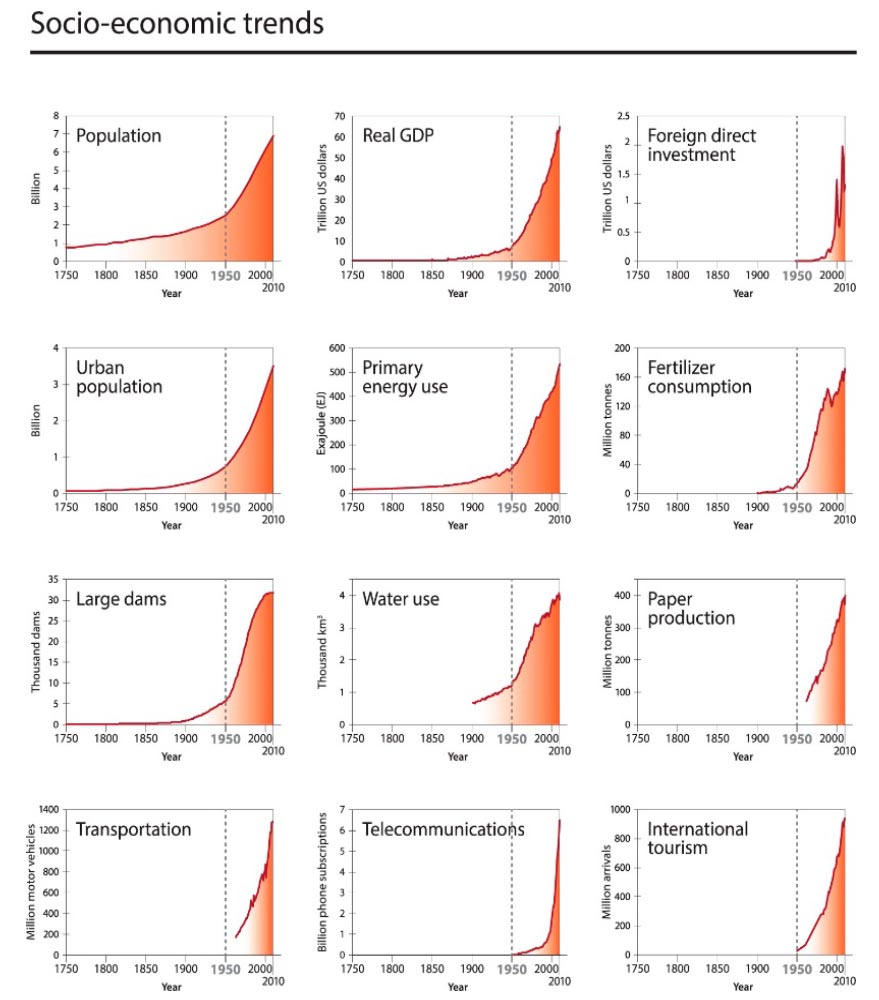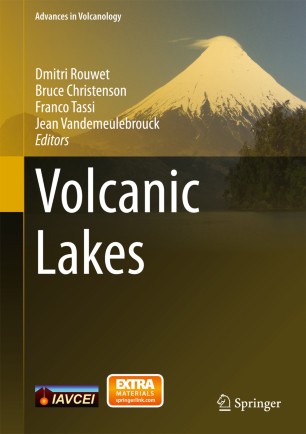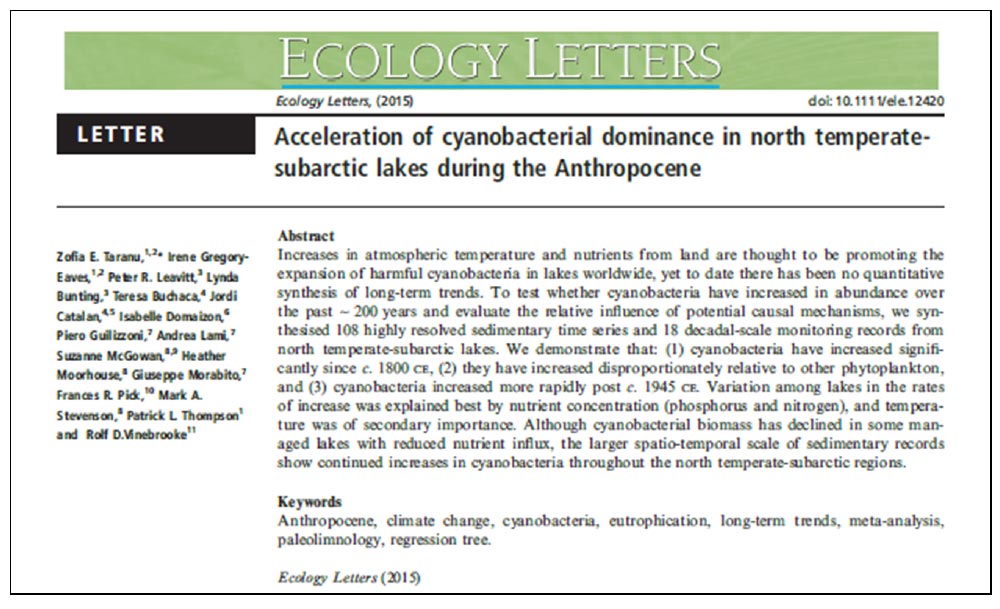
James Hutton, 1726 – 1797
Paleolimnology …
it has not, it is true, its own laws, but inspiring principles such as “Actualism”, introduced by Hutton and codified by Lyell: “The observation of current phenomena is the key to understanding the past” and as its reciprocal “the present is the son of the past, the product of an evolution, of a story …

Charles Lyell, 1797 – 1875
The general concepts that underlie paleolimnological and paleoecological research originated in a period between the 18th and 19th century, when an English gentleman, James Hutton, who later became famous as believed to be the father of geology, and an Italian, Giovanni Arduino, advanced the idea– revolutionary for those times (later taken up by another great geologist, Darwin’s friend, Charles Lyell) that the “present can be the key to the past” and that the geological features of the Earth must be the result of processes still in progress, operating over long periods of time.

Alessandro Manzoni – Of the historical novel
“Search in documents of any kind, which remain” … «Choose, discard, match, compare, deduce and induce»
(Alessandro Manzoni, 1830, Del Romanzo storico (Of the historical novel).
As with documental archives, different sources contribute to the formation of which, and as we will see, both allochthonous and autochthonous inputs contribute to the sedimentation process that lead to the formation of the sedimentary archive.

By M. Tolotti, Fondazione E. Mach, Tn
So, what is paleolimnology?
It is a synthetic and interdisciplinary science that has as its objective the interpretation of the past limnologicalconditions starting from the analysis of lake sediments.
(D. G. Frey, 1988. Journal of Paleolimnology, 1: 5-8)
It is a science that lies on the border between limnology, the branch of ecology that deals with lakes, and geology and paleontology, the science that studies fossils.
The lake sediments are part of the so-called natural archives, some of which are represented here: tree rings , the speloethemes (that is, structures such as stalactites and stalagmites), corals, ice cores, as well as those of marine sediments.
The understanding of the phenomena that are detected is greatly influenced by the time scale at which they are observed. In particular, long-term observations are needed to understand the intrinsic variability of an ecosystem.
Particularly important are the ecological studies that take into consideration the last 250 years of the Anthropocene, the era in which we live, known as the ” The Human epoch“.
This is the period of time in which the “Great acceleration” takes place and is characterized by demographic, economic and commercial expansion.
The paleolimnological research can therefore be summarized as follows: sampling, opening of cores and their sectioning, dating, chemical, physical and biological analysis, data and results processing.
Paleolimnological research in Italy: it all began in Pallanza …
In Italy, the first Paleolimnological research began in Pallanza, at the then-Italian Institute of Hydrobiology, now part of the Water Research Institute of the National Research Council, thanks to the collaboration between Piero Guilizzoni and Professor Michael S. Adams, of the University of Wisconsin Madison, USA. In truth, a survey on the sediments of Lake Monterosi (Lazio) conducted by G.E. Hutchison and some Italian colleagues had revealed the evolutionary events of this lake in central Italy during the last 2-3 millennia. The research, published by Trans. Amer. Phil. Soc. (1970), can be considered a pioneer of paleolimnology studies not only for Italy but also at the global scale.
The first studies by the Pallanza researchers focused on the reconstruction of the conditions of Italian lake environments before the great impact of eutrophication, which had deteriorated their water quality. The studies subsequently expanded to include paleoecological and paleoclimatic reconstructions. An example, represented here, concerned the study of the volcanic lakes of central Italy. The affirmation of the activities of the group of paleolimnology at an international level is documented by several studies. Recently, the contribution from a study conducted on over 108 lakes in the northern hemisphere aimed at characterizing and understanding the cyanobacteria flowering phenomena was very important.
The paleo group of the institute
Over the past 20 years or so, the paleolimnological research team was made up mainly of these researchers. Obviously many other Italian and foreign colleagues from time to time participated to research on many lakes as we will see from the following images.

























